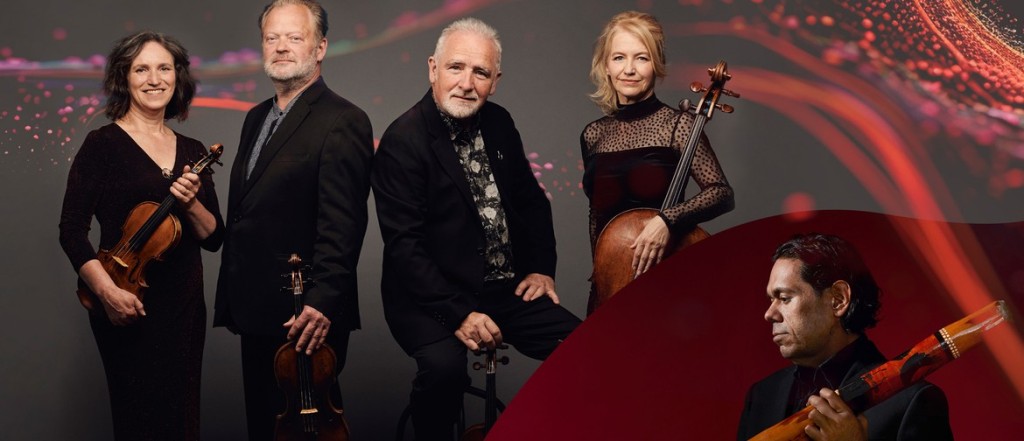Review by Peter Simpson

Bach & Bruckner
Auckland Philharmonia
Auckland Town Hall
May 2
Reviewed by Peter Simpson
The APO’s recent Bach & Bruckner concert was a study in extraordinary contrasts. The Bach pieces: the Harpsichord Concerto No. 5 in F
Minor, BWV 1056 and, Harpsichord Concerto No. 4 in A Major, BWV 1055, date from his Leipzig years, probably around 1740. Bruckner’s unfinished last Symphony No. 9 dates from the 1890s – a 150 year gap between them into which almost all classical and Romantic music falls.
The first contrast was one of scale. For the Bach, a dozen or so stringed instruments clustered around not an antiquated harpsichord, for which the music was written and first performed on, but a shiny black concert grand, looking vast and sleek, like an elephant on the stage surrounded by pygmies.
For the Bruckner after the interval the stage filled up with a crowd of
musicians; I’m not sure exactly how many; my attempts to count them always broke down, but it must have been close to 100, certainly at least 80. In the numerous climaxes – Bruckner’s music often seems composed almost entirely of crescendos and decrescendos – they made the loudest noise I’ve ever heard in a concert hall (at least since Bruce Springsteen’s E-
Streetband drove me out of the Arts Centre in Ottawa fifty years ago); it left me with ringing ears for some time after the finale.
Then there is the matter of time. The concert began at 7.30 with the two Bach concerti. By 8 o’clock, they were all over; all six movements (three for each piece) together with pauses, applause and encore, took less than half an hour (9 minutes 17 second, and 13 minutes, 40 seconds, respectively, according to one recording). By contrast, the Bruckner stretches out to well over an hour in most recordings (Bernard Haitink’s is 67 minutes long), with each of the outer movements taking almost half-an-hour and about 10 minutes for the intervening scherzo.
French soloist, David Fray, born in 1981, has recorded much of Bach’s keyboard music including the concerti. BBC Music described one such recording: ‘Fray’s command of colour and imaginative highlighting is intoxicating, and there is a freshness which makes for indisputably
rewarding listening’. I couldn’t have said it better myself. His playing was as lean and elegant as his person, especially in the lovely melody over pizzicato strings in the slow movement of BWV 1056.
The Bruckner 9th Symphony is sometimes described as a ‘magnificent torso’ of a work, in that it remains uncompleted, the composer having left only sketches of the fourth movement. Even so it seems a shapely structure – I found myself thinking of Gaudi’s Sagrada Familia in Barcelona – with the two vast evenly balanced outer movements joined by the comparatively brief and frenetic scherzo. In my notes I scribbled ‘glorious and sonorous horns suspended over shimmering beds of strings’ and ‘the sensation of bathing in an ocean of sound’.
Replacement conductor Karl-Heinz Steffens, who stood in for the previously advertised Johannes Fritzsch, who was forced to withdraw because of an injury, appeared in total command of music and musicians and had the APO sounding magnificent.










